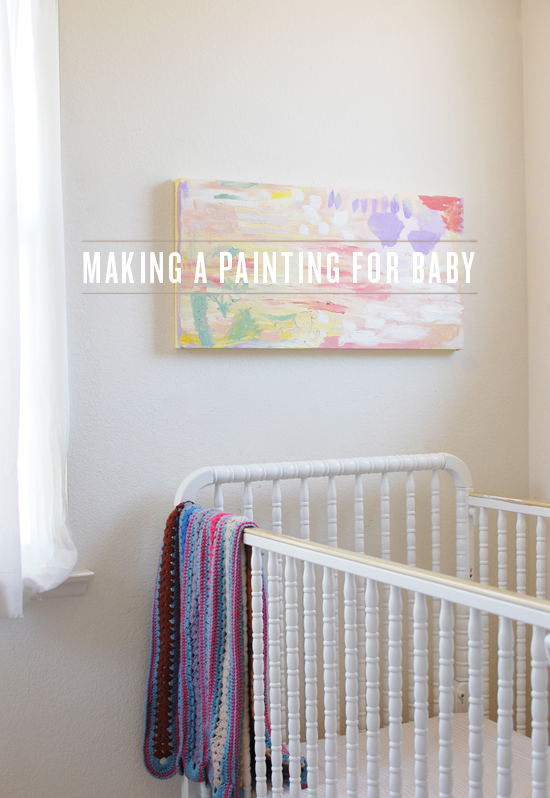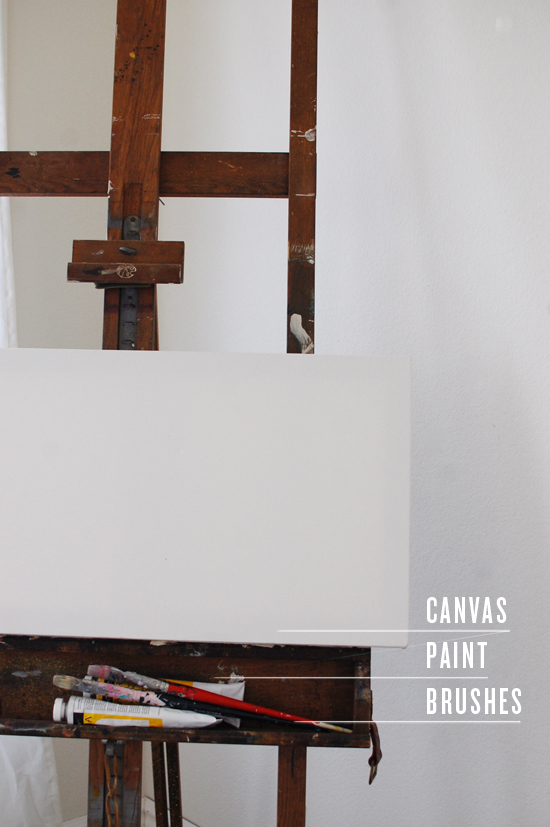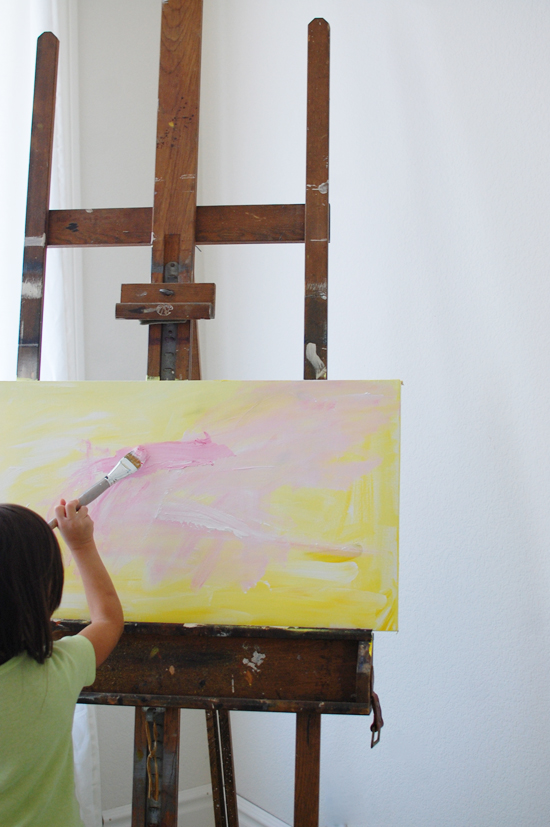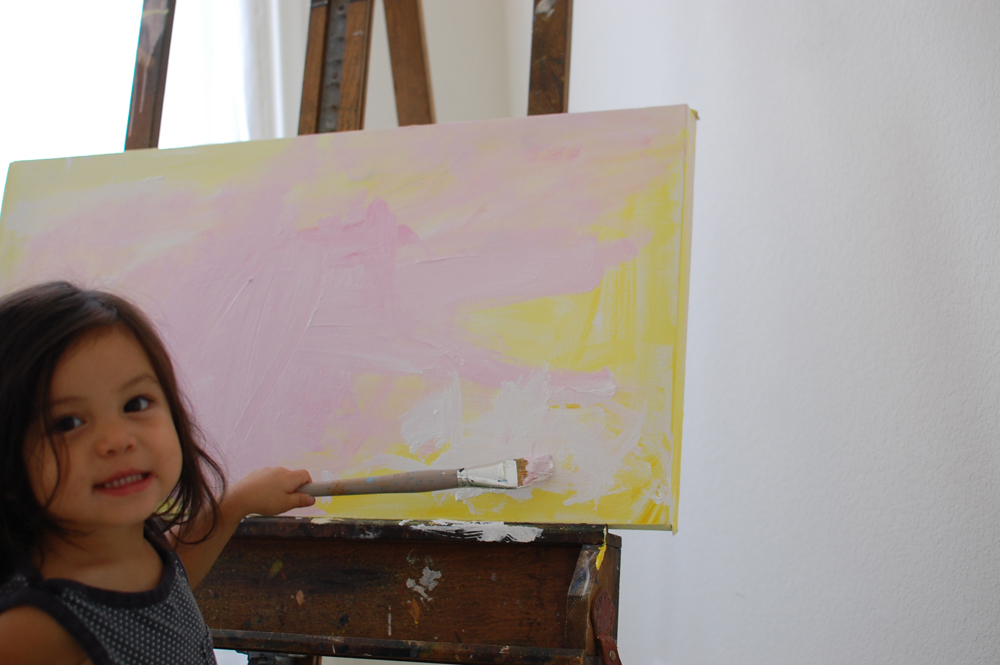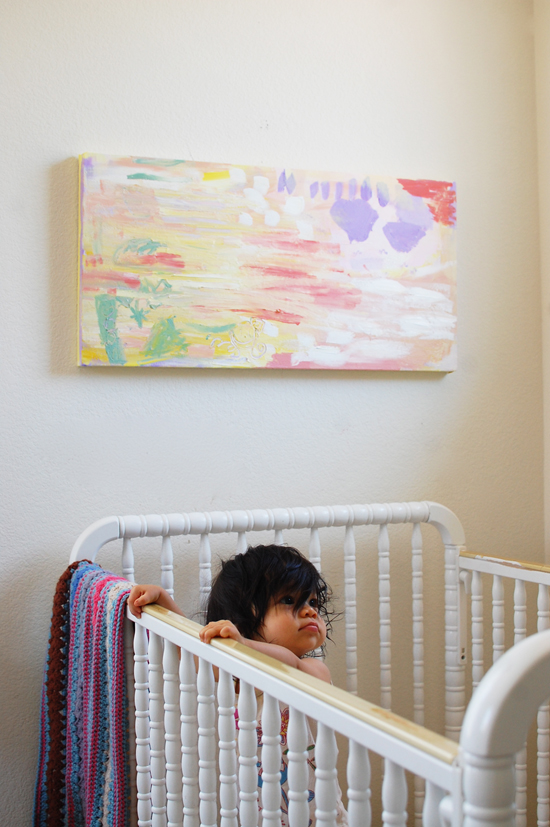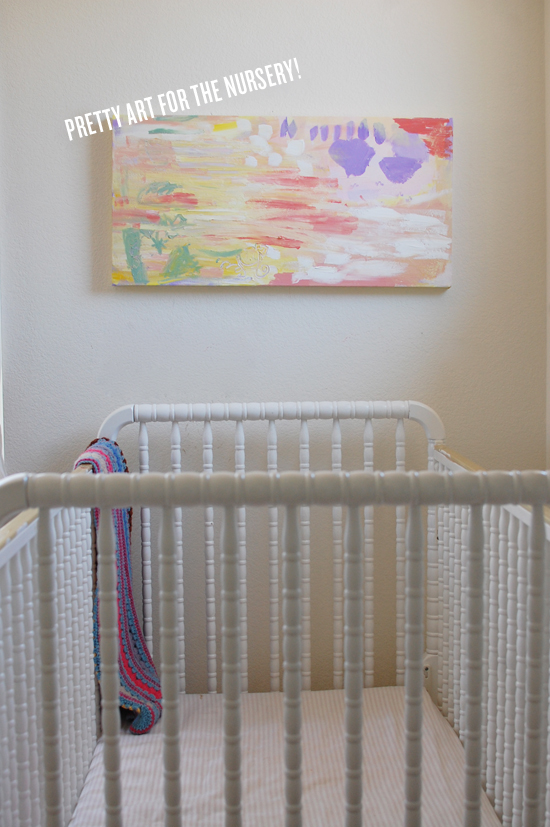
Artist and designer Yao Cheng was born in China, but early in her childhood, joined her parents in the United States. She has, she says, “a deep love for anything watercolor,” and is always happy “when it’s just me, my brush and that new piece of watercolor paper in front of me.” Painting for her is “a very quiet and personal place I can go to when I’m feeling down or stressed out…No matter what happens elsewhere in my life, I can always pick up a brush and paint until I feel better.” (Being talented enough to consistently produce beautiful paintings probably helps!)
Yao feels “incredibly lucky” to be doing what she loves for a living, and her love of patterns, textures and rich colors comes through vividly in everything she creates. She shared some of her thoughts and feelings about her artwork with UncommonGoods.
Probably the strongest consistent element in your work is your connection to nature. It’s hard to tell, looking at your watercolors, whether nature itself (for example, the ocean) is expressing things, or whether it merely bring up incredibly powerful associations and emotions in the viewer. Which is it, to you? Is that ambiguity intentional?
Nature is very influential in my work in many different ways. I look to nature when I’m painting florals, landscapes or even to reference color palettes, but more than that, I think there’s a lot of beauty in the way leaves of grass, for example, move. Because of my education background in textiles, I tend to find patterns in nature and that’s what comes through a lot of the time in my work. So in the painting “Field of Grass“, I wanted to capture the wind as if you are standing there, watching as the breeze combs gently through the grass. I think that I approach my paintings from an instinctual place, so it is the immediacy in emotion that I am trying to communicate. For example, with the painting “Ocean Waves“, I had a very visceral reaction to the dramatic ocean waves and I wanted to capture that immediacy and energy in the waves.
You posted on your blog, “My paintings are honest, original and reflect how I feel at the moment. There isn’t anything more meaningful than that.” What do you mean by “honesty” in this context?
I think it is important to always be honest with how I am feeling about a piece of work and communicate that visually. So maybe it’s the calm and warmth of the waves creeping onto shore in the painting “Beach” that I want to capture by using a saturated pink, you know? It’s the immediate reaction to an image or idea that I want to keep at the center of my work.
Art for me is most importantly a way to express my feelings or ideas at a particular moment. As long as I am creating work that comes from a genuine place in my heart, then I know I have accomplished something. And if my art can make someone smile or brighten their day in some way, then that’s all that matters.
Do you feel there’s a progression, path, or journey in your painting, with some sort of direction, whether you know it or not at the time? If so, how would you describe it?
Yes, definitely. The progression happens a lot in the painting process. I tend to jump right into painting most of the time because I like to not completely plan out how I will finish a painting. I try and approach each painting from a fresh and intuitive place.
I find the intuitive way of painting to be freeing, and I have actually learned a lot from the process of not knowing and seeing where it takes me. Sometimes it’s a color that I didn’t mean to use that will take in a different direction while in the middle of creating a painting. Especially in the way watercolor blends, I have to let go of control in a lot of ways and allow the colors to blend how they would like! It is a very loose medium to work with and at first, I became really frustrated with it. But now, it is really what I love about the medium and so I try to embrace that aspect.
You’ve blogged about your love of faded images, the poetry of objects that hover between being visible, and how the empty space in your art is more interesting to you than the objects — and that these are related to the Taoist philosophy you studied in college. Does it describe some of your own feelings about these things? Is this part of Chinese calligraphy as well?
I would say that empty space is a very important of all of my work. I really love how in Taoism the empty space is seen as the breath and source of everything. In this way, I think that what is not visible in my artwork is what I try and emphasize.
For example, when I am painting geometric shapes, I am interested in that transition from what is here and how it disappears slowly across the page. The push and pull between these two realities is fascinating. Through the use of watercolor and the translucency of the pigment, I can really play with that transitional stage between what is here and what is not.
Chinese calligraphy has had a deep influence on the way I now paint. There is true poetry in the way a brush mark can express a feeling or idea, and that’s what I try to capture in my work! I learned Chinese calligraphy when I was studying abroad for a few months under a calligraphy master. I learned a lot about how to make expressive marks that speak to an emotion rather than just being an image, it was a wonderful experience.

Another quote from your blog, “As much as I love creating work, speaking about it doesn’t come as naturally to me. I think it’s because creating visual work is a completely different language to me than verbal communication, so a lot of the times I don’t know how to express in words what I was thinking or trying to say through my work.” Are there any paintings you can think of about which this is especially true? Do you try to paint what can’t be described in words?
This is especially true in my abstract paintings. You asked about the poetry of the objects in my work and I think of it more as a visual poetry when I am painting the abstract works. Trying to describe how I feel when I paint triangles dancing across a page and watching them interacting with the space on paper, that is hard for me to put into words!
Just as feelings are complicated and in multitudes of layers, my paintings sometimes have a lot of layers of different feelings or perspectives that I have a hard time finding the words to describe. For me, I think visual imagery is a more interesting and powerful way to tell a story or communicate a thought.
You posted that your UncommonGoods paintings “took you out of your comfort zone to paint work that’s more involved, and in the end, more beautiful.” Can you tell us a little more about this?
I loved creating this collection of paintings for UncommonGoods! At the time, I was painting a lot of abstract pieces and while they are visually interesting and complex, I had not made many paintings with landscapes. So with this collection, I was exploring landscapes that inspired me for the first time. It was a great way to expand my horizon a little bit and paint a different subject matter!
I would say that the layers of painting and time involved made it more extensive for me. Rather than creating a painting in one sitting, which is the case with most of my other works, I spent much more time to create the layers of images. The leaves painting, for example, took the most amount of time because first resist was laid down to preserve the color of the grass and then different layers of colors are laid down on top to create the colors in the field and the sky. It also took a few tries to capture the movement of the grass!
Do you have any big ideas for future work that you’d like to share? And/or words of inspiration?
My fiancé teases me all the time by telling me there is not enough time in the world to do everything I want! Right now, I am working on expanding my design services to wedding invitations as I have found it is the perfect culmination for my floral paintings, patterns, and graphic design to exist all at once. My fondness for calligraphy is also a great hobby of mine, so I am excited to explore more in that realm!
I am also working on expanding my art prints with some silkscreened pieces to bring in a different texture and size to my work. When I used to feel uninspired or out of ideas, I would just get frustrated and go do something else. But now I have found that inspiration is endless! There are so many ideas and beautiful things and colors in the world, I just have to open my eyes a little wider and pay more attention!
































 Clockwise: Todd Hido,
Clockwise: Todd Hido, 












